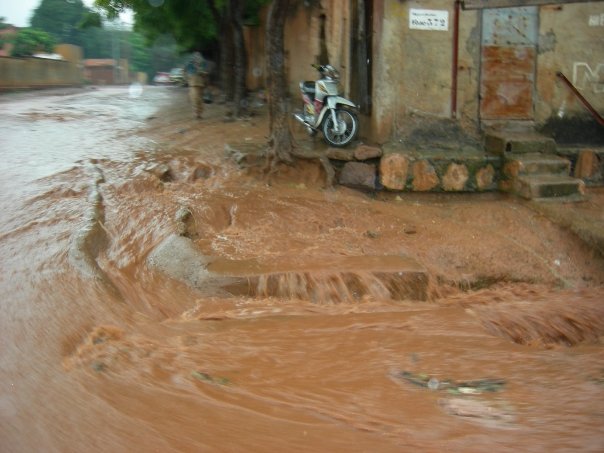Flood Vulnerability
Defining vulnerability can help us understand the best ways to reduce it. The main objective to assess vulnerability is to inform decision-makers or specific stakeholders about options for adapting to the impact of flooding hazards (Douben, 2006b). The need for vulnerability analysis is noted in scientific literature, and the concept includes natural vulnerability, social vulnerability and economic vulnerability.
Vulnerability is considered in the study of Flood Vulnerability Index (FVI) as the extent of harm, which can be expected under certain conditions of exposure, susceptibility and resilience.
Why Flood Vulnerability Index?
Human population world wide is vulnerable to natural disasters. In recent years the impacts of floods have gained importance because of the increasing amount of people who are exposed to its adverse effects.
The aim of vulnerability studies is to recognize correct actions that can be taken to reduce vulnerability before the possible harm is realized.
FVI is a powerful tool for policy and decision-makers to prioritize investments and makes the decision making process more transparent. Identifying areas with high flood vulnerability may guide the decision making process towards a better way of dealing with floods by societies.
Vulnerability equation:
All societies are vulnerable to floods, under different cases and situations, which make them somewhat unique; understanding the distinctions amongst them, may help to plan ahead and provide policy ideas to improve the quality of life of the people living in them.
A practice in defining vulnerability comes from natural hazards, such as floods: The extent to which a system is susceptible to floods due to exposure, a perturbation, in conjunction with its ability (or inability) to cope, recover, or basically adapt.

